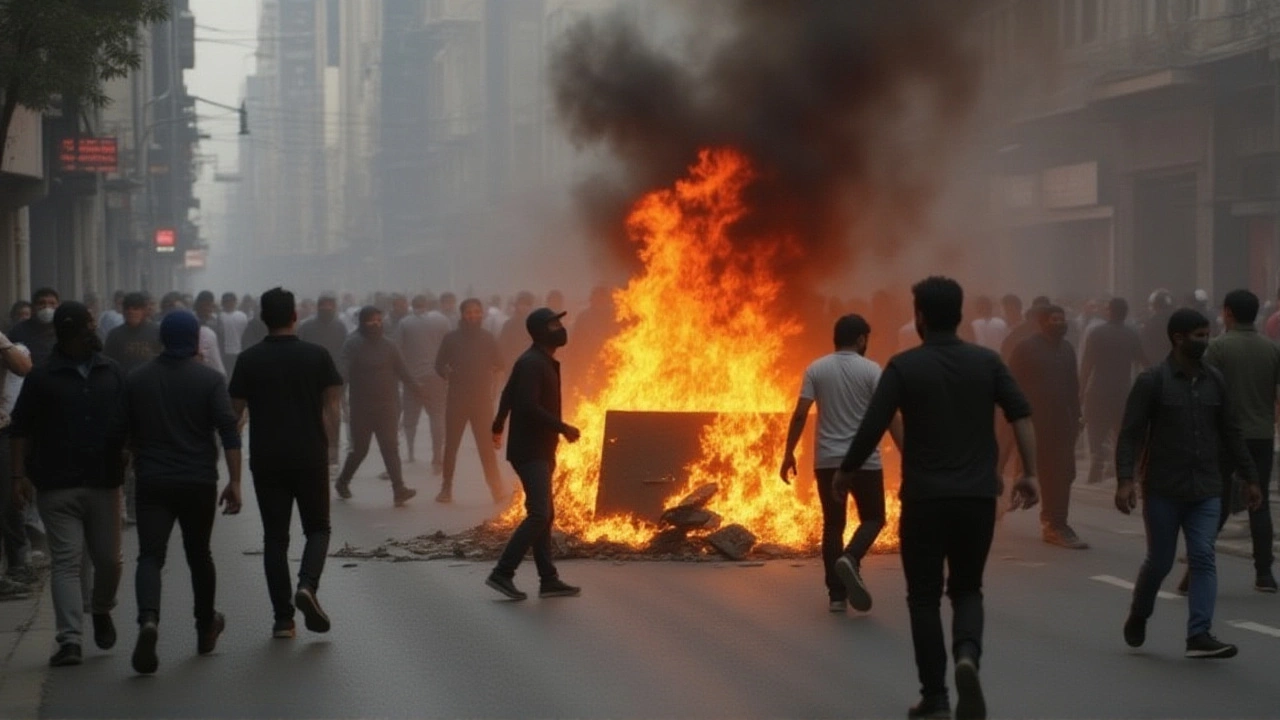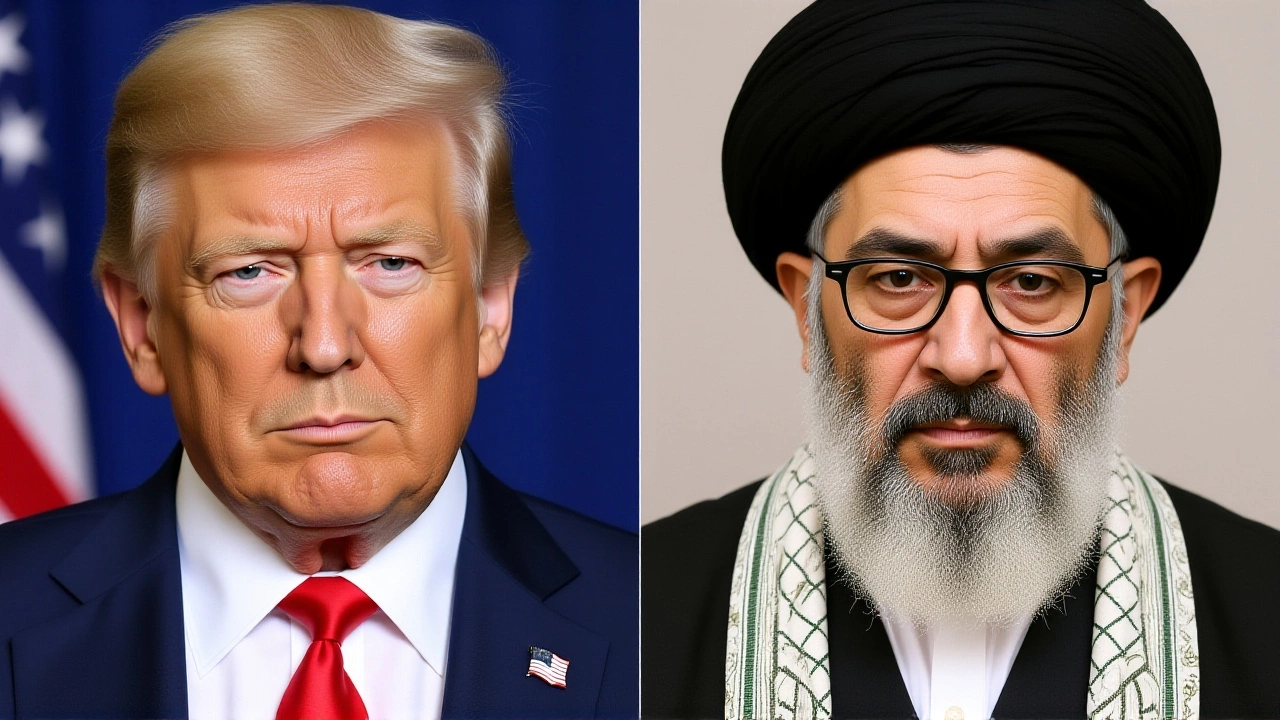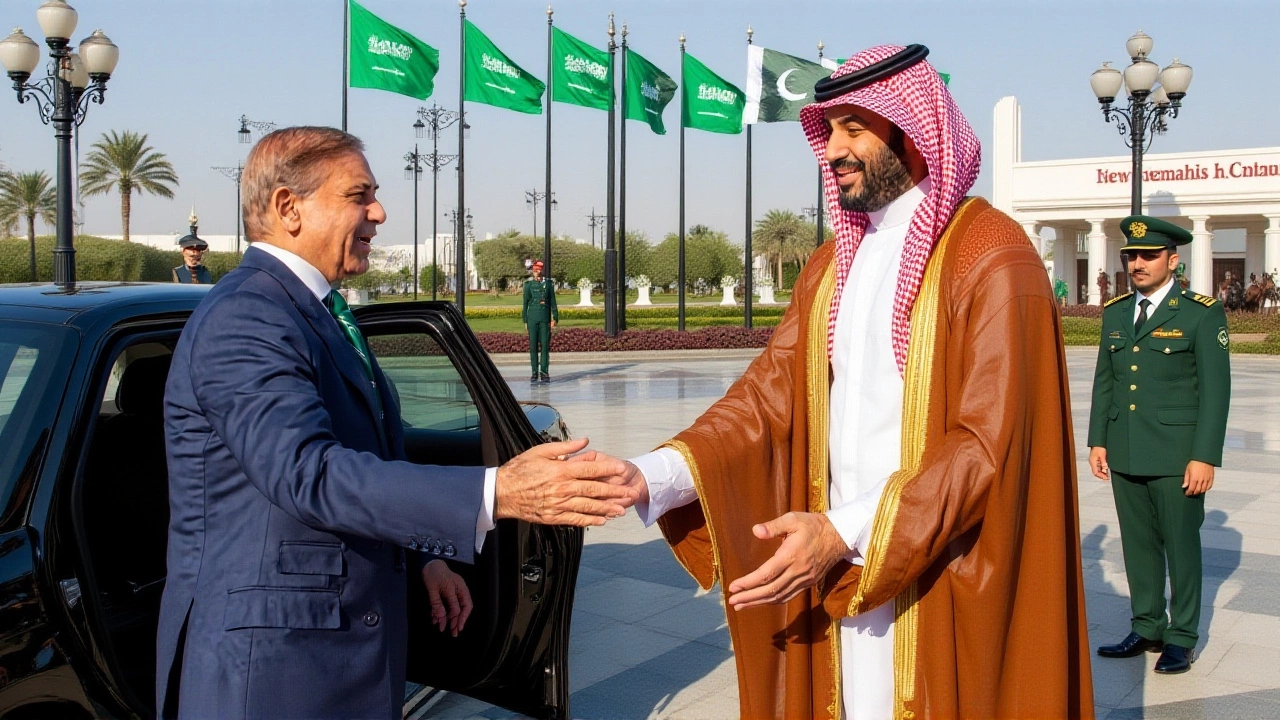When Shehbaz Sharif, Prime Minister of Pakistan shook hands with Saudi leadership on Sept. 17, 2025, the Gulf’s security calculus changed overnight. The ceremony took place at 3:45 PM AST in Riyadh, where officials signed the defense pact formally known as the Strategic Mutual Defense Agreement (SMDA). In plain language, the text reads: any aggression against one side will be treated as aggression against both, covering everything from joint troop deployments to nuclear cooperation.
Background and Strategic Context
The SMDA didn’t emerge in a vacuum. Eight days earlier, Israel’s Air Force launched Operation Iron Mirage, striking Qatar’s Al‑Udeid Air Base with F‑35I Adir jets. The raid, timed at 11:22 PM QST on Sept. 9, sent ripples across the Gulf, prompting Riyadh to look for a reliable partner that could offset both Israeli and Iranian pressure. Prince Khalid bin Salman Al Saud, Saudi Minister of Defense, has long warned that traditional bilateral ties were no longer enough to deter the region’s evolving threats.
Meanwhile, Islamabad faced its own set of challenges. ISIL‑KP attacks on Pakistan’s diplomatic missions in Kabul (April 24, 2024) and Tehran’s ballistic‑missile tests near the Strait of Hormuz (Aug. 12, 2025) underscored the need for a more robust security umbrella. The new pact builds on the 2013 Joint Defense Cooperation Committee and the 2019 training MOU, upgrading them into a full‑scale mutual defence framework.
Key Provisions of the SMDA
The agreement is surprisingly comprehensive. It obliges both nations to share "all military means," which includes:
- Joint coordination of armed forces and intelligence via the Saudi National Security Council and Pakistan’s ISI.
- Potential nuclear assistance: Pakistan’s National Command Authority pledged that its nuclear programme “will be made available” to Riyadh should defensive needs arise.
- Defense‑industry collaboration through Saudi Arabian Military Industries (SAMI) and the Pakistan Ordnance Factories (POF), covering missile technology and UAVs.
- Co‑production of 155 mm artillery shells at a new joint plant in Jubail Industrial City, targeting an output of 50,000 shells per year by April 2026.
- Annual training of 1,200 Saudi officers at Pakistan’s National Defence University in Islamabad.
Technical annexes were hammered out by Prince Khalid and Khawaja Muhammad Asif, Pakistan’s Minister of Defence, at the Ministry of Defence headquarters. Senior witnesses included Prince Abdulaziz bin Salman Al Saud, Saudi Minister of Energy, and Ishaq Dar, Pakistan’s Foreign Minister.

Reactions from Regional Powers
Not everyone cheered. Israel’s Ministry of Defence spokesman, Rear Admiral Daniel Hagari, issued a terse statement on Sept. 18: “The State of Israel maintains its right to self‑defence against all threats to its security interests in the region.” Across the border, Iran’s foreign‑policy chief Nasser Kanaani warned that the pact “destabilises the regional security equilibrium.”
American think‑tanks were quick to weigh in. Dr. Emanuelle Ottolini, director of the Atlantic Council’s Middle East Security Initiative, called the agreement “a double deterrence tool against both Iran’s IRGC Quds Force and Israel’s military capabilities.” Meanwhile, Dr. Sanam Vakil of Chatham House noted that the pact “sets a precedent for extended deterrence in the Middle East, potentially creating a new security architecture.”
Implementation Roadmap and Funding
The SMDA rolls out in three phases:
- Phase 1 (Oct 2025‑Mar 2026): Joint exercises codenamed “Iron Shield” at Pakistan’s Sonmiani Test Range.
- Phase 2 (Apr 2026‑Sep 2027): Ramp‑up of artillery shell co‑production to 50,000 units annually.
- Phase 3 (Oct 2027 onward): Integrated air‑defence system deployment covering both nations’ airspace.
Financing is hefty. Crown Prince and Prime Minister Mohammed bin Salman Al Saud directed the Saudi Ministry of Finance to earmark SAR 18.7 billion (≈ USD 5 billion) from the Public Investment Fund. Islamabad pledged PKR 850 billion (≈ USD 3 billion) from its 2025‑2026 defence supplementary budget.

Implications for Gulf Security
Analysts see the SMDA as a potential catalyst for a broader collective‑security model among Muslim‑majority states. Dr. Emily B. Landau, director of the CSIS Nuclear Network for the Middle East, warned that this could be “the first step toward a NATO‑style alliance.” The Gulf Cooperation Council (GCC) reacted swiftly, scheduling an emergency ministerial meeting for Sept. 25 at the Gulf Centre for Strategic Studies to gauge the pact’s impact on existing GCC defence arrangements.
In practice, the agreement could tighten the strategic distance between Riyadh and Islamabad while forcing Tehran and Jerusalem to recalibrate their own regional postures. If the joint air‑defence system proves viable, it may set a benchmark for other Gulf states considering similar bilateral or multilateral pacts.
Frequently Asked Questions
How does the SMDA affect Saudi Arabia’s defence capabilities?
The pact gives Riyadh direct access to Pakistan’s expertise in missile technology, UAVs and, potentially, nuclear assistance. Joint production of artillery shells and the planned integrated air‑defence system will modernise Saudi forces while reducing reliance on Western procurement pipelines.
What does the agreement mean for Pakistan’s strategic posture?
Pakistan secures a powerful Gulf ally that can provide financial muscle and a platform for its defence industry. The nuclear cooperation clause also serves as a strategic deterrent against regional adversaries, enhancing Islamabad’s bargaining power.
Will the SMDA trigger a wider security alliance in the Middle East?
Experts like Dr. Landau warn it could be a stepping stone toward a NATO‑style framework among Muslim‑majority nations. However, divergent interests among GCC members and Iran’s opposition make a formal multilateral alliance uncertain for now.
How is the pact being financed on both sides?
Saudi Arabia has allocated SAR 18.7 billion (about USD 5 billion) from its Public Investment Fund, while Pakistan set aside PKR 850 billion (roughly USD 3 billion) from its defence supplementary budget for the first three phases of implementation.
What are the immediate next steps after the signing?
Phase 1 kicks off in October 2025 with the “Iron Shield” joint exercises at Sonmiani. Simultaneously, technical teams from SAMI and POF will begin setting up the artillery‑shell production line in Jubail, aiming for a 2026 operational date.
